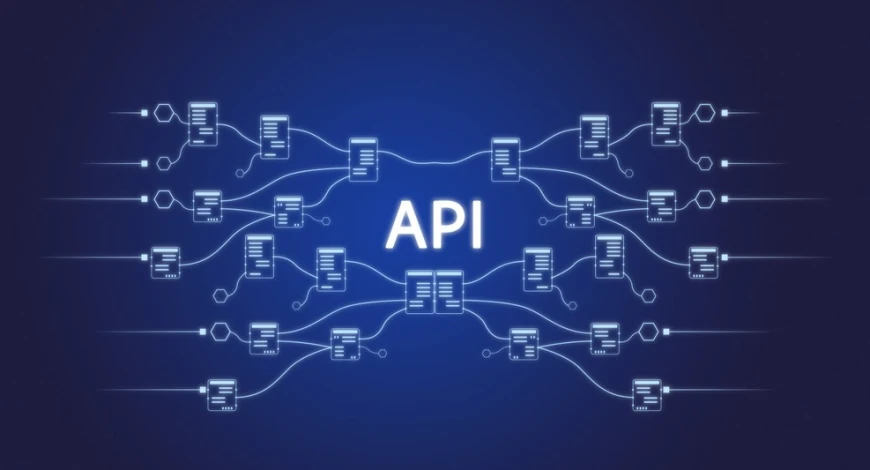Digitize Clinical Monitoring Processes with Mobile App Development
The digital transformation of clinics is far beyond adding an online appointment module or converting paper files into PDFs. Real transformation means managing multi-layered functions such as mobile app development, patient tracking, clinical workflow automation, data security, performance analytics, and remote healthcare services in an integrated way. This article explains, in strategic, technical and regulatory depth, how mobile applications can increase operational efficiency and patient satisfaction in clinical environments.
Introduction: Why the Era of Mobile Clinical Monitoring Has Begun
Mobile health usage has increased by more than 300% since the pandemic. Patients now prefer mHealth platforms to book appointments, view lab results, receive medication reminders, message doctors and track chronic conditions. Clinics, on the other hand, aim to reduce operational costs, improve home-care models, and enable data-driven treatment decisions through remote patient monitoring (RPM) systems.
Strategic Value: The Impact of Mobile Transformation in Clinics
- Up to 45% reduction in patient management time per physician
- 60% cost savings in paperwork and manual tasks
- 70% increase in patient engagement rate
- 35% decrease in delayed or cancelled appointments
- 22% lower readmission rate among remotely monitored chronic patients
Core Modules of a Mobile Clinical Tracking App
1. Appointment & Workflow Management
- Real-time availability calendar
- Online payments and automated invoicing
- Push notifications for appointment reminders
2. Patient Record & Electronic Health Record (EHR)
- Lab results integration (HL7 / FHIR)
- Prescription history and medication adherence tracking
- AI-based clinical risk scoring
3. Remote Patient Monitoring (RPM)
- Bluetooth medical device integration (glucose meter, BP monitor etc.)
- Event-driven data processing (threshold alerts, anomaly detection)
- Real-time trend visualization in physician dashboard
4. Patient–Doctor Communication Channels
- Video consultation (WebRTC)
- Secure in-app messaging (E2EE encrypted)
- Synchronous and asynchronous consultation support
Technical Architectures: How to Build a Health-Centric Mobile App?
API-First Headless Architecture
- REST / GraphQL data services
- Authentication: OAuth 2.0 + JWT + Refresh Token
- Role-based authorization: RBAC / ABAC
Healthcare Integration Standards
- FHIR, HL7, DICOM interoperability
- Insurance authorization APIs
- Telehealth billing code automation
ETL / ELT & Data Flow
- ETL/ELT sync between clinic + lab systems
- Event-driven device data ingestion (Kafka, MQTT)
- Edge device pre-processing & offline cache
Security & Compliance: HIPAA, GDPR, KVKK
Healthcare data has the highest regulation level. Protecting PHI / PII is a critical requirement in mobile health development.
- Data encryption (AES-256, TLS 1.3)
- MFA & biometric login (FaceID, TouchID)
- Compliance: HIPAA, GDPR, KVKK
- Audit logs & immutable event records
- PII masking, tokenization, data lifecycle control
Performance, Scalability & Observability
Key Metrics for Clinical Mobile Apps
- TTFB & TTI (critical health data loading time)
- Offline buffering during network loss
- P95 / P99 API response times
- Crash-free session rate
Monitoring & Alerting
- Prometheus + Grafana dashboards
- Distributed tracing: OpenTelemetry
- Exception tracking: Sentry, Firebase Crashlytics
Real Clinical Scenarios
- Daily glucose tracking with automated alerts for diabetics
- Side-effect reporting workflows for oncology treatments
- Arrhythmia detection and instant alerts for cardiology patients
- Home physiotherapy with AI-based posture correction via video
KPI & ROI-Driven Model
- Active patient app usage rate
- Cost per telehealth session
- Time spent per physician action
- Readmission rate among chronic patients
- Total operation cost vs digital monitoring cost per patient
Mobile Clinical App Development Checklist
- Is EHR integration fully working?
- Are push notifications triggered by patient segments?
- Is data masking policy documented?
- Does the app store data offline when needed?
- Are all actions traceable for audit?
Mobile-based clinical tracking systems are not only a patient experience upgrade, but also a structural innovation that transforms healthcare quality, treatment efficiency and clinical revenue models. In today’s healthcare industry, digitalization is no longer optional; it is required for competitiveness, sustainability and clinical success.
-
 Gürkan Türkaslan
Gürkan Türkaslan
- 6 November 2025, 13:10:46
 English
English



